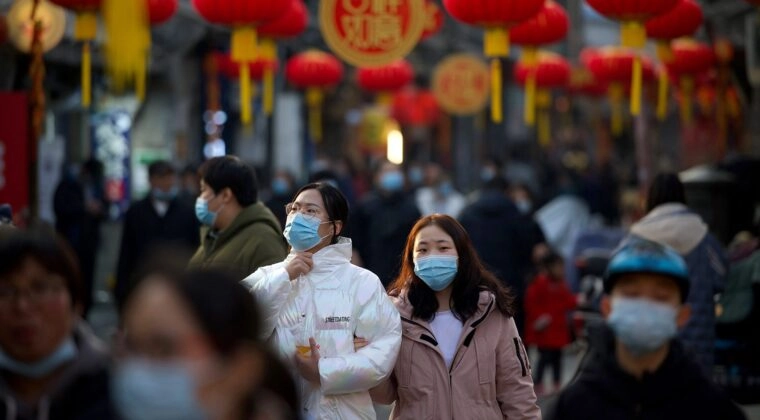
PU Prime App
Exclusive deals on mobile



PU Prime App
Exclusive deals on mobile


Nắm giữ thị trường toàn cầu trong tay bạn
Ứng dụng di động giao dịch của chúng tôi tương thích với hầu hết các thiết bị thông minh. Tải xuống Ứng dụng ngay bây giờ và bắt đầu giao dịch với PU Prime trên mọi thiết bị, mọi lúc, mọi nơi.

On Wednesday, China released its Manufacturing PMI and Caixin Manufacturing PMI for February, beating economists’ expectations of 50.5 and 50.2 respectively. A reading above 50 indicates expansion from the previous month. This is the highest reading since April 2012, marking a faster-than-expected rebound for the world’s second-largest economy after covid-19 related shutdowns slowed growth to a standstill.
According to Bloomberg, recovery is even moving faster than top Chinese officials expect, prompting a “moderate” need for stimulus.
This comes after a concerted effort by the authorities to boost economic growth, including encouraging commercial banks to provide cheap loans and release stimulus for the housing market.
The outlook on higher demand coming from China’s rebound has overshadowed an outsized build of 1.2 million barrels – and the 10th straight weekly increase – in U.S. crude oil inventories, with Brent up 1% to around $84.30 and WTI up about 0.8% to $77.60. Other commodities have also rallied, with copper, aluminium, and zinc all up.
The stock market has also rallied, with the Hang Seng up more than 4% on Wednesday and Shanghai up around 1%.
Meanwhile, home sales have also risen for the first time in 20 months thanks to stimulus, with a mild recovery that analysts say will encourage continued support from the authorities.
While it looks like the Chinese economy is chugging along, several headwinds still remain. For one, while China recovers from the covid-19 related slowdowns, the rest of the world is in the midst of battling inflation and slowing growth, which might affect the amount of exports coming from China.
That said, it is not certain that China will follow the same path of large scale stimulus to outsized inflation that most of the world’s major economies seem to be experiencing. The People’s Bank of China has pledged to avoid the “flood-like” support seen with many other world central banks. In addition to controlling prices, the country continues to purchase Russian commodities – now at discounted prices as most of the rest of the world increases sanctions.
Another looming problem is the outsized debt at a provincial level, with at least 17 of China’s 31 regions with a debt-income ratio of over 120%, putting a repayment burden on local governments that is in conflict with growth-related spending. This will also force the PBoC to keep rates low and spend more to keep the regions away from a default.
Commodity traders are now advised to look out for the upcoming U.S. NFP figures, which will be released on Friday, 10 Mar at 15:30 (GMT+2). The Nonfarm Payrolls has a significant impact on the U.S. dollar, which most major commodities are priced in.
As a friendly reminder, do keep an eye on market changes, control your positions, and manage your risk well.

Giao dịch ngoại hối, chỉ số, Kim loại,...với phí chênh lệch thấp trong ngành và khớp lệnh nhanh như chớp
Đăng ký Tài khoản Live PU Prime với quy trình đơn giản của chúng tôi
Dễ dàng nạp tiền vào tài khoản của bạn với nhiều kênh nạp tiền và loại tiền tệ được chấp nhận
Truy cập hàng trăm công cụ trong điều kiện giao dịch hàng đầu thị trường